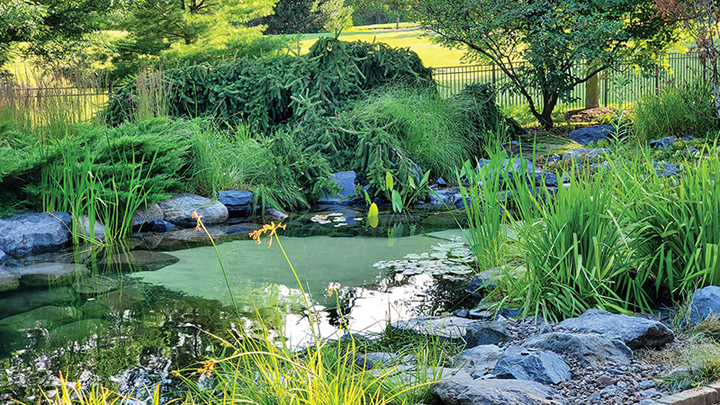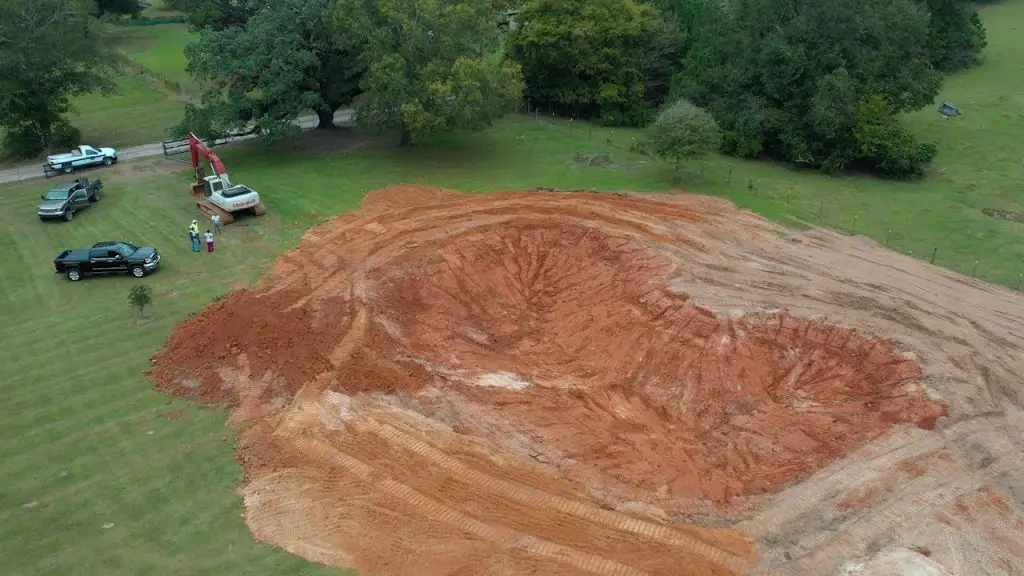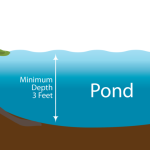Building a pond in sandy soil requires careful planning and execution to ensure the pond retains water and supports aquatic life. Sandy soil presents unique challenges due to its high permeability, which can lead to water seepage. However, with the right techniques and materials, it is possible to create a beautiful and functional pond in sandy soil. In this guide, we will explore the step-by-step process of building a pond in sandy soil, including site preparation, liner selection, and landscaping tips.
Step 1: Site Selection and Preparation
Before starting the construction of a pond in sandy soil, it is crucial to select an appropriate site and prepare the area. Choose a location that receives adequate sunlight and is free from overhanging trees, which can shed leaves and debris into the pond. Additionally, ensure that the site is not prone to flooding to prevent the pond from being washed out during heavy rainfall.
Once the site is selected, clear the area of any vegetation, rocks, and debris. Use a shovel or a small excavator to dig out the pond shape, taking care to create varying depths to support different types of aquatic plants and wildlife. It is recommended to mark the pond’s perimeter using stakes and string to visualize the final shape and size.
Step 2: Soil Amendment and Compaction
Due to the permeable nature of sandy soil, it is essential to amend the soil to reduce water seepage. One effective method is to introduce bentonite clay into the soil, which can help improve its water retention capabilities. Spread a layer of bentonite clay over the excavated pond area and use a tractor or compacting tool to mix it thoroughly with the sandy soil. This process can significantly reduce the risk of water seepage and enhance the pond’s ability to retain water.
Credit: www.fao.org
Step 3: Pond Liner Selection
Choosing the right pond liner is crucial for building a successful pond in sandy soil. While traditional plastic liners can be used, they may require additional protection against punctures from rocks or roots. An alternative option is to use a rubber pond liner, which offers greater flexibility and durability, making it more resistant to tears and punctures. Rubber liners are available in various thicknesses and sizes, providing flexibility in accommodating different pond shapes and sizes.
Step 4: Installation of Pond Liner
Once the soil is amended and compacted, and the appropriate liner is selected, it is time to install the pond liner. Carefully lay the liner over the excavated area, ensuring that it extends beyond the pond edges to allow for proper sealing. Use bricks or stones to secure the liner in place temporarily. It is important to smooth out any wrinkles or folds in the liner to prevent water from getting trapped, which can lead to premature wear and tear.
Step 5: Filling and Landscaping
After the pond liner is securely in place, begin filling the pond with water. It is advisable to fill the pond gradually while adjusting the liner to conform to the pond’s shape. Once the pond is filled, trim any excess liner, leaving a sufficient overhang to accommodate for settling and potential adjustments in the future.
Landscaping around the pond is a critical step in creating an aesthetically pleasing and functional environment. Use natural rocks, gravel, and aquatic plants to enhance the pond’s appearance and provide habitat for fish and other aquatic creatures. Additionally, consider incorporating a variety of native plants around the pond to attract wildlife and create a balanced ecosystem.
Step 6: Maintenance and Care
Proper maintenance is essential for the long-term health and beauty of the pond. Regularly inspect the pond for any signs of damage or leaks in the liner. Remove debris such as leaves and algae to prevent water quality issues and maintain a healthy aquatic environment. Additionally, consider installing a pump and filtration system to help circulate the water and keep it clean, reducing the risk of stagnant water and algae growth.

Credit: www.pondtrademag.com
Conclusion
Building a pond in sandy soil can be a rewarding and fulfilling project, providing a serene and natural focal point for any outdoor space. By following the steps outlined in this guide, you can create a sustainable and visually appealing pond that enhances the beauty of your landscape while supporting diverse aquatic life. With careful planning, proper materials, and regular maintenance, your sandy soil pond can become a thriving ecosystem and a source of tranquility for years to come.





